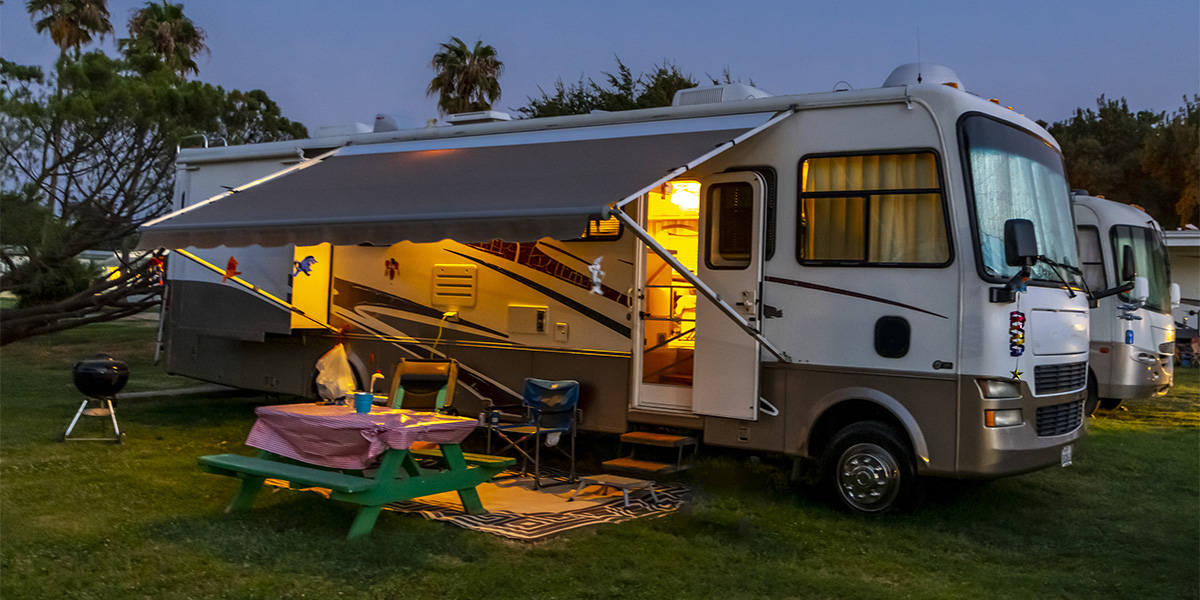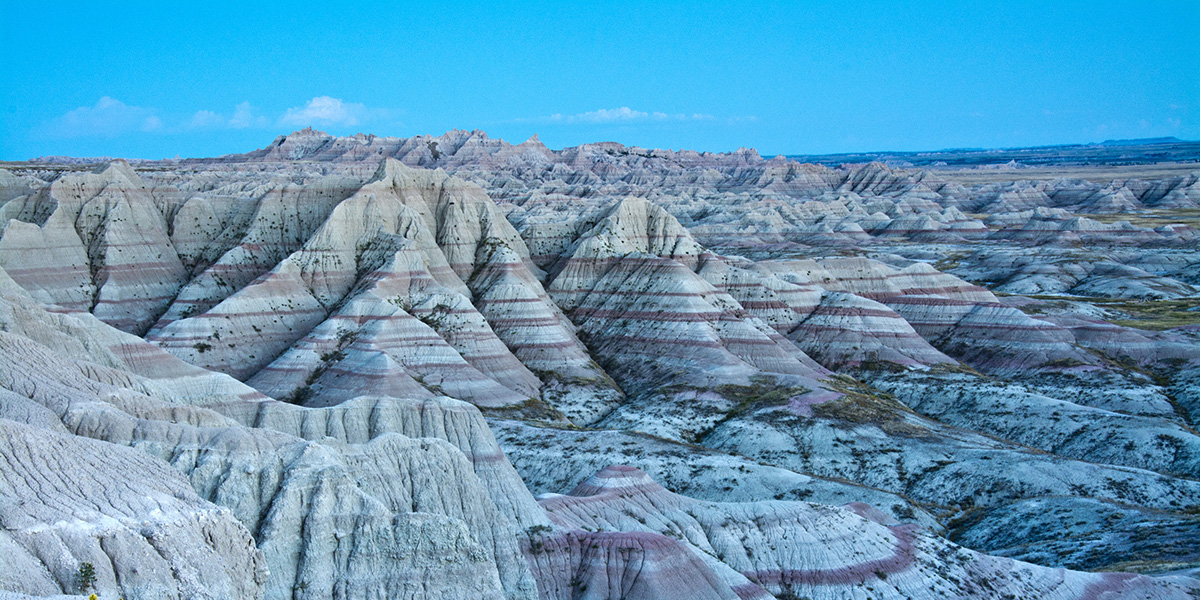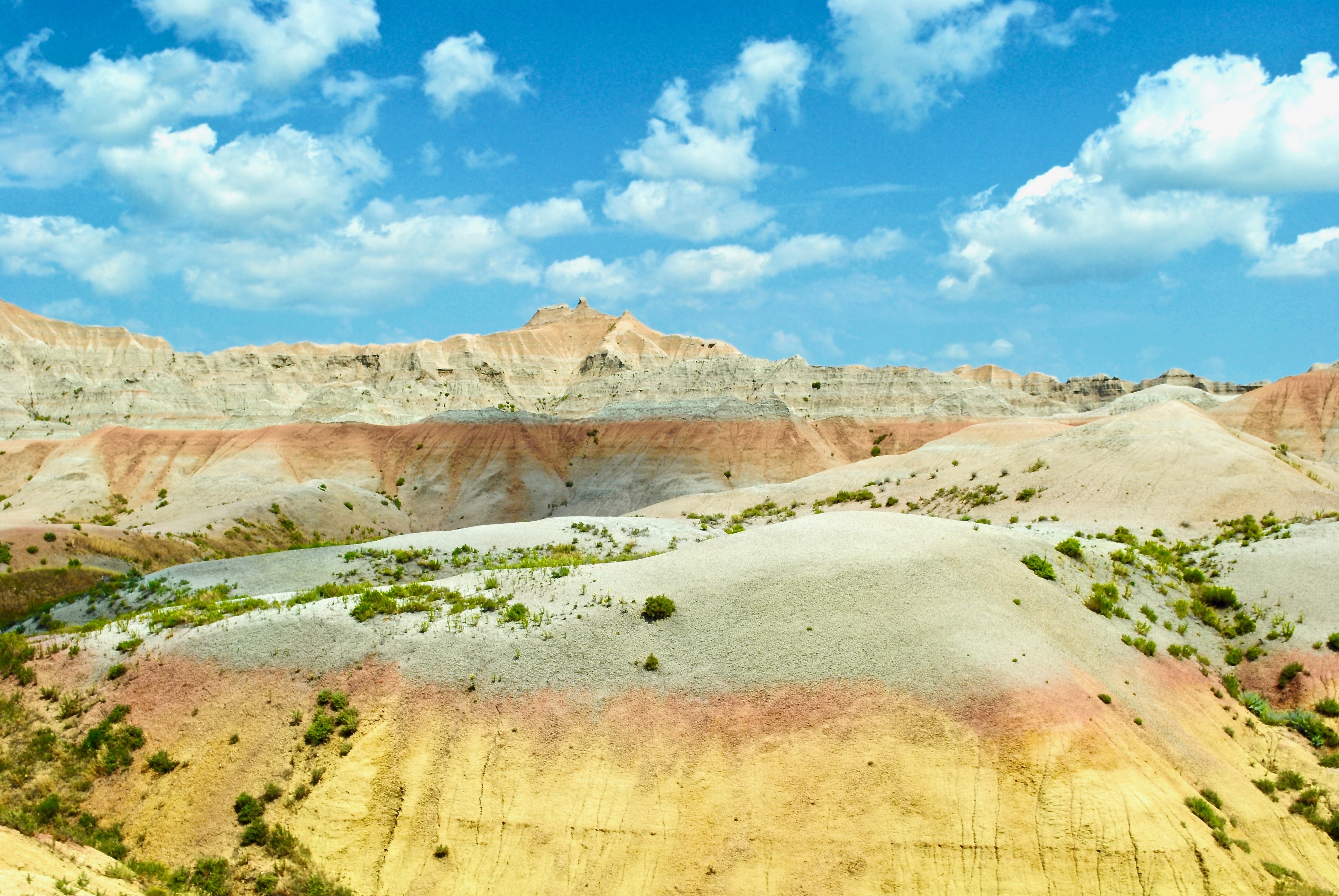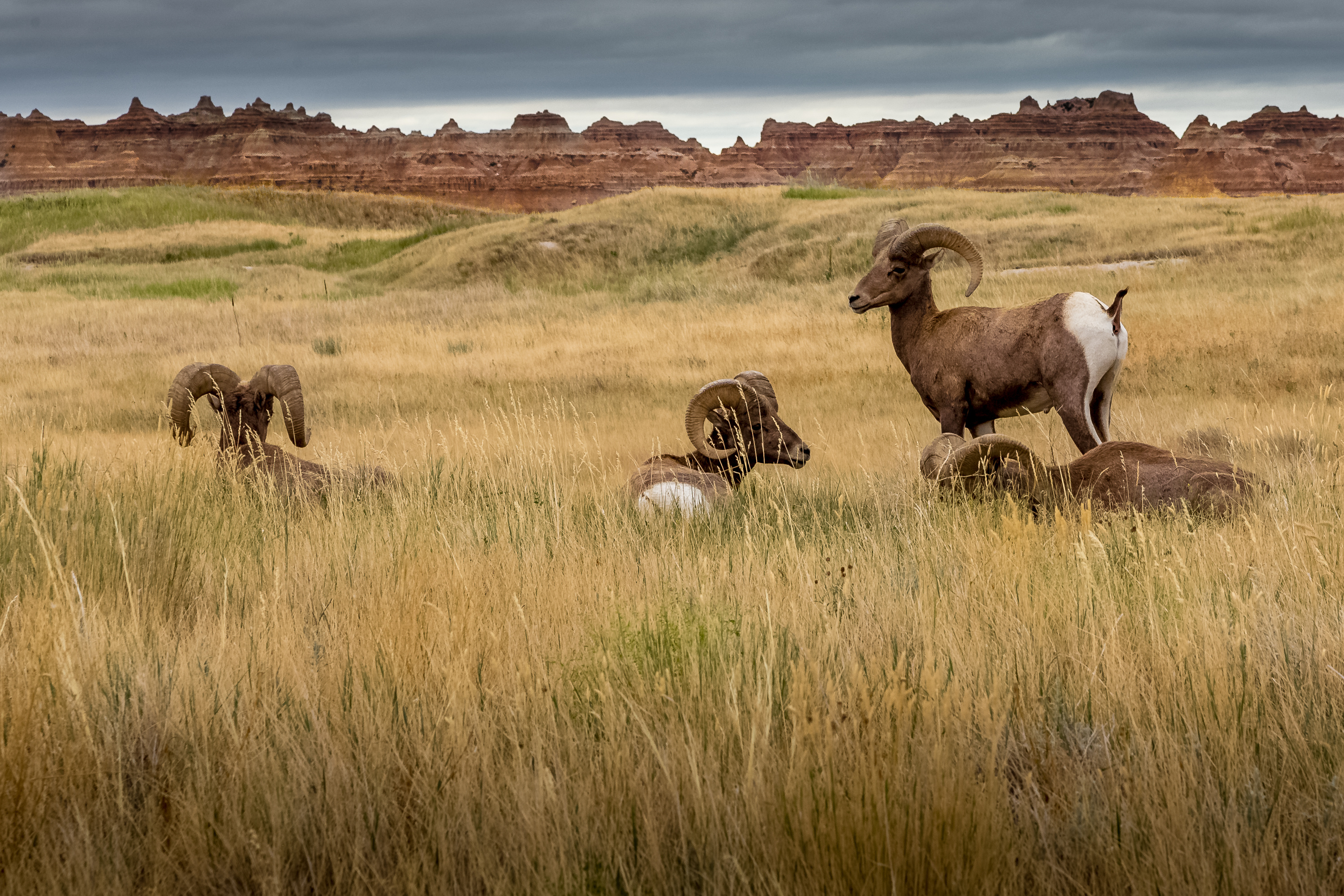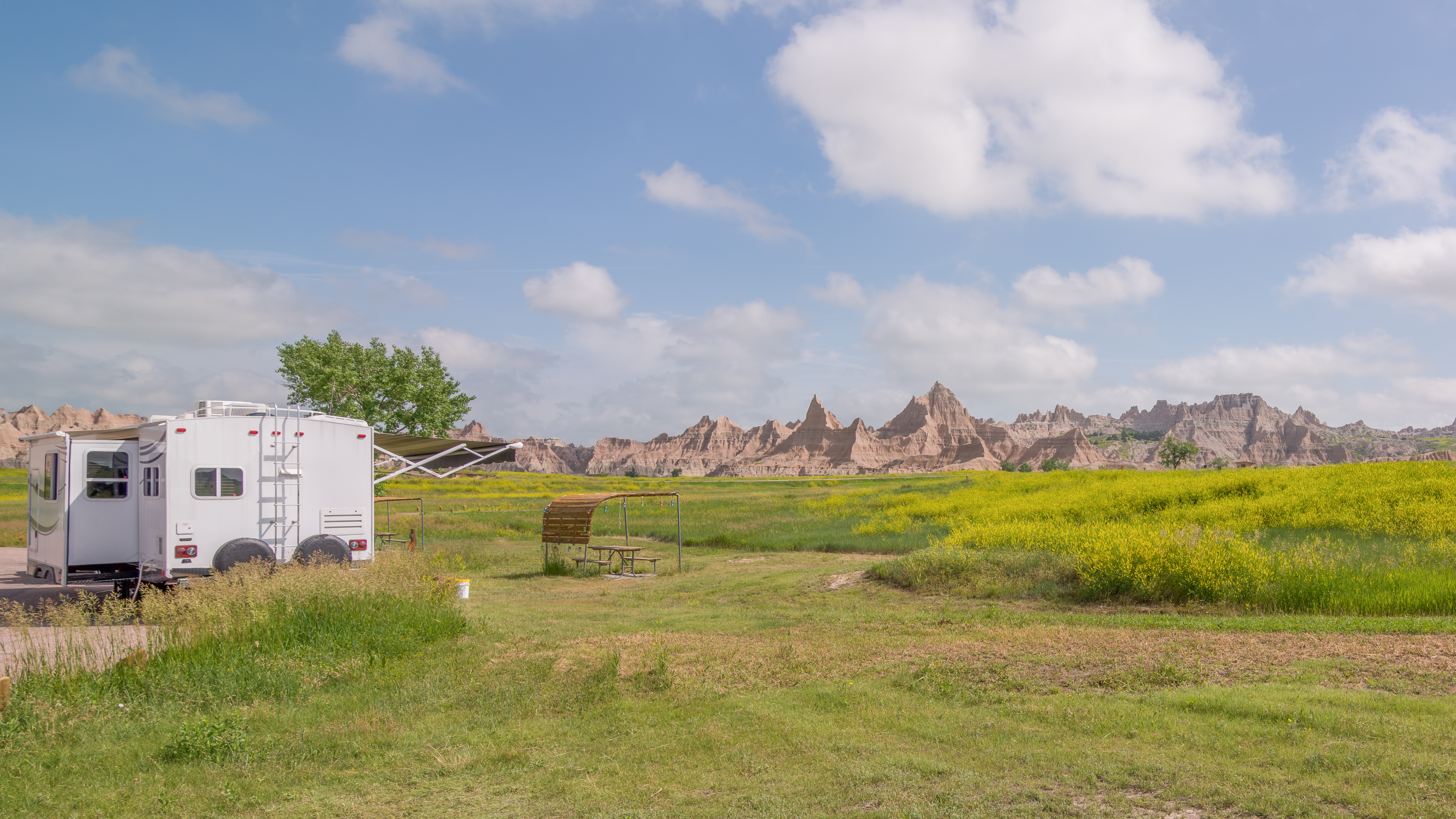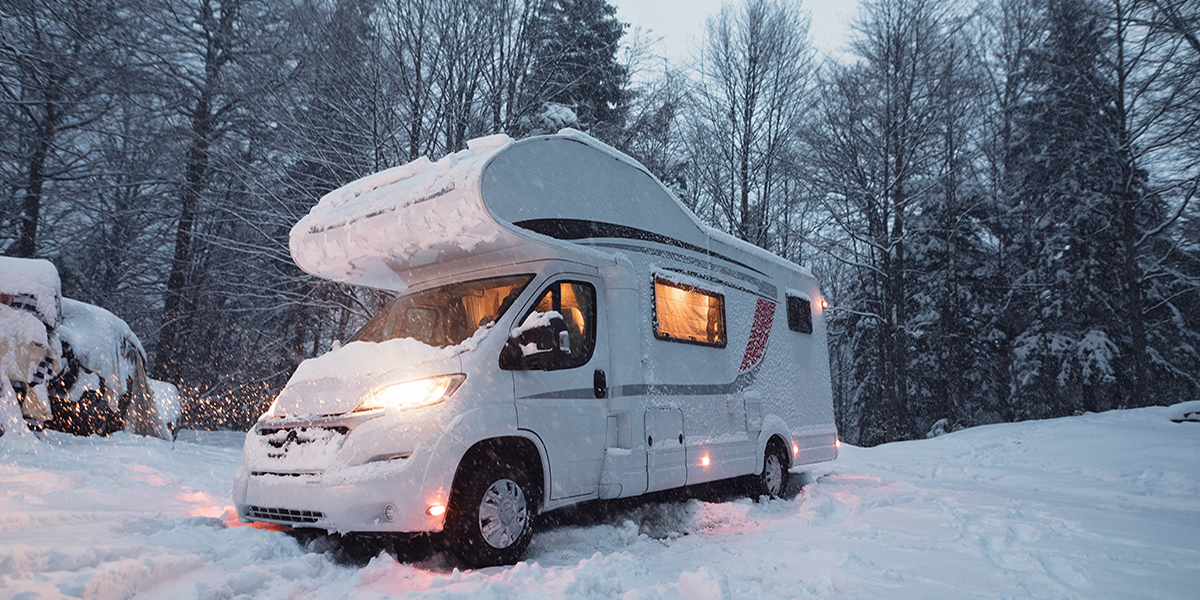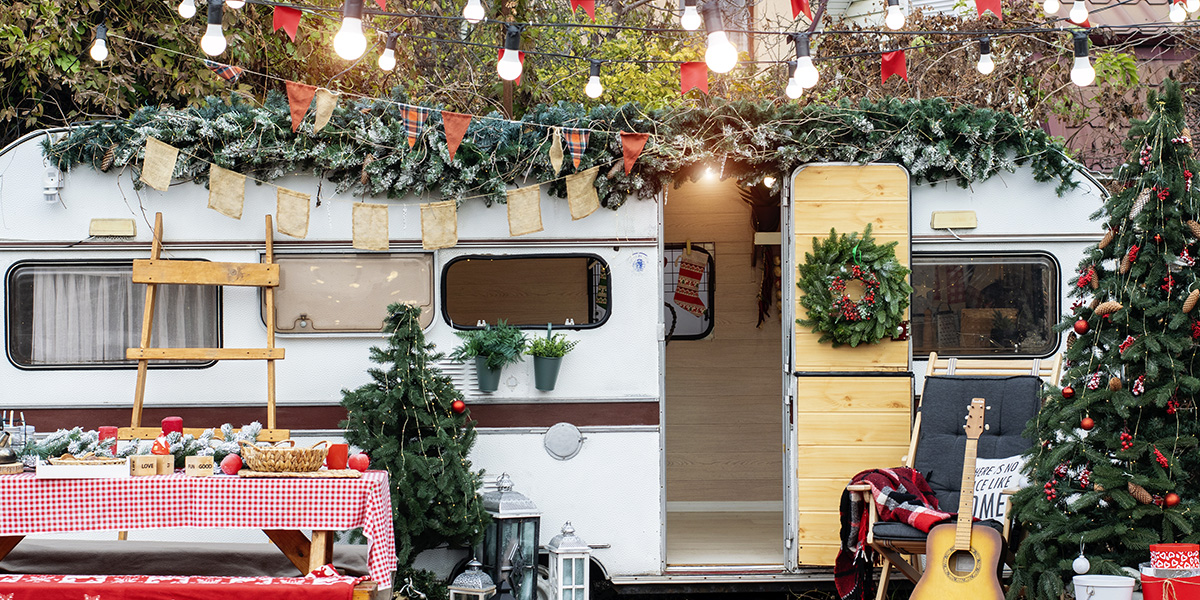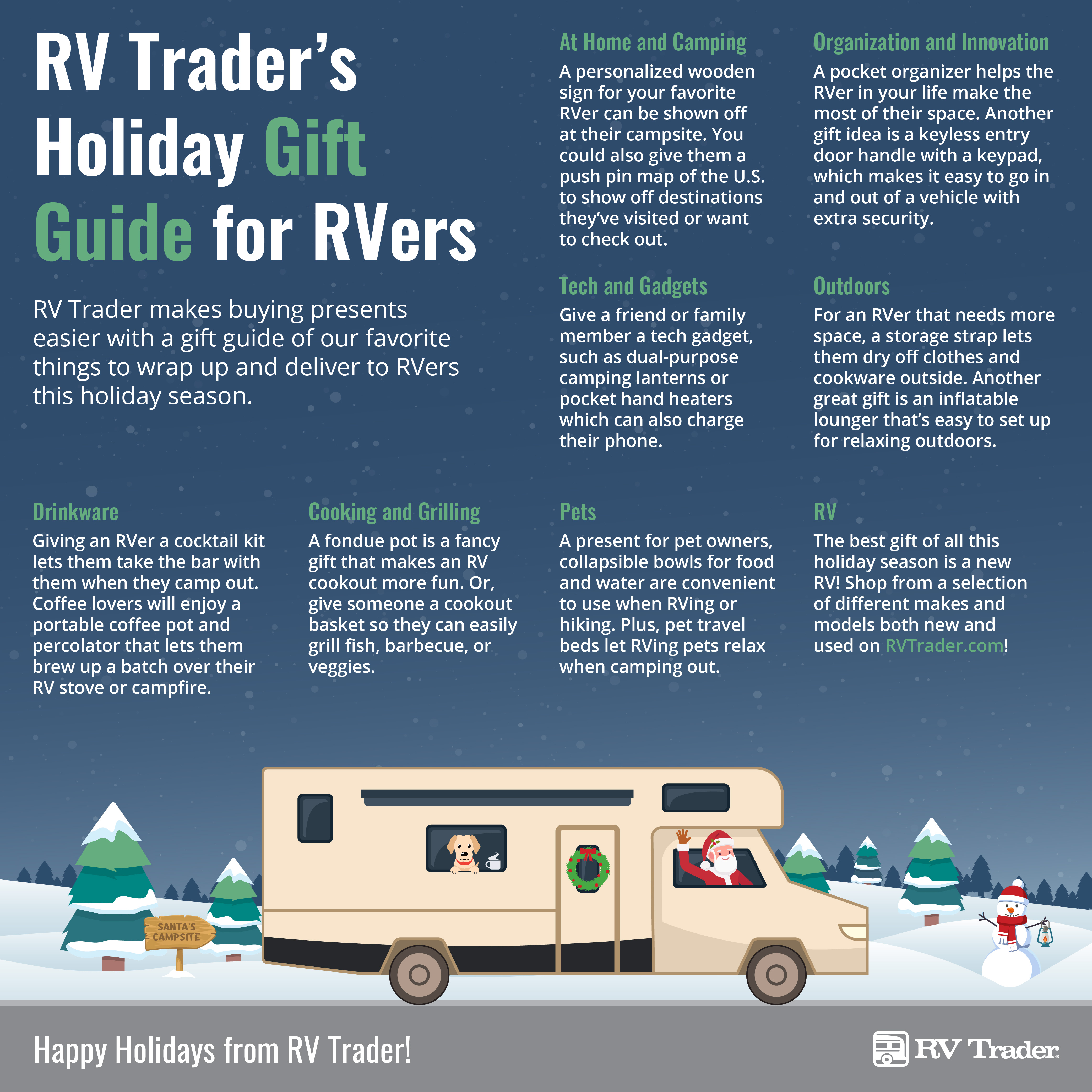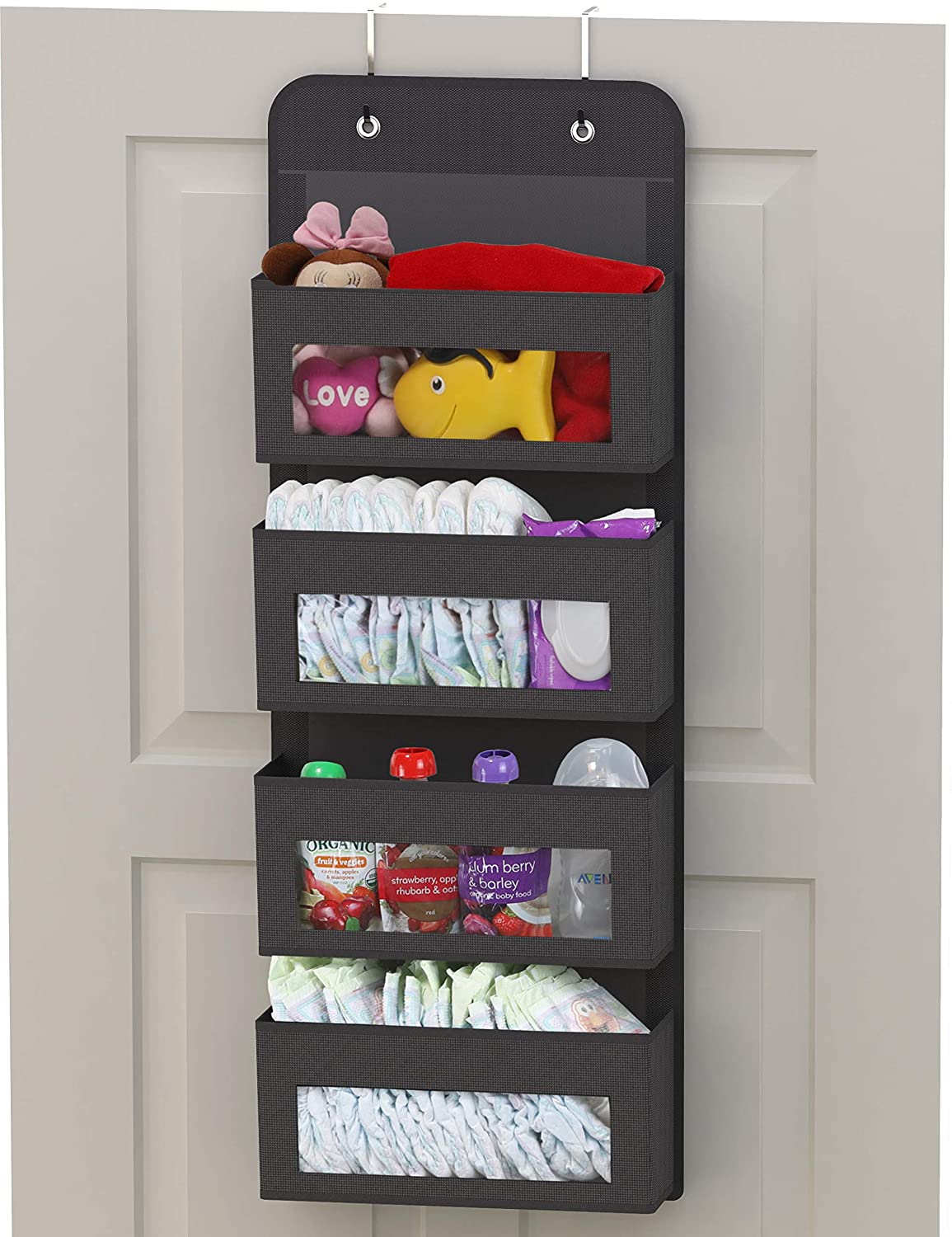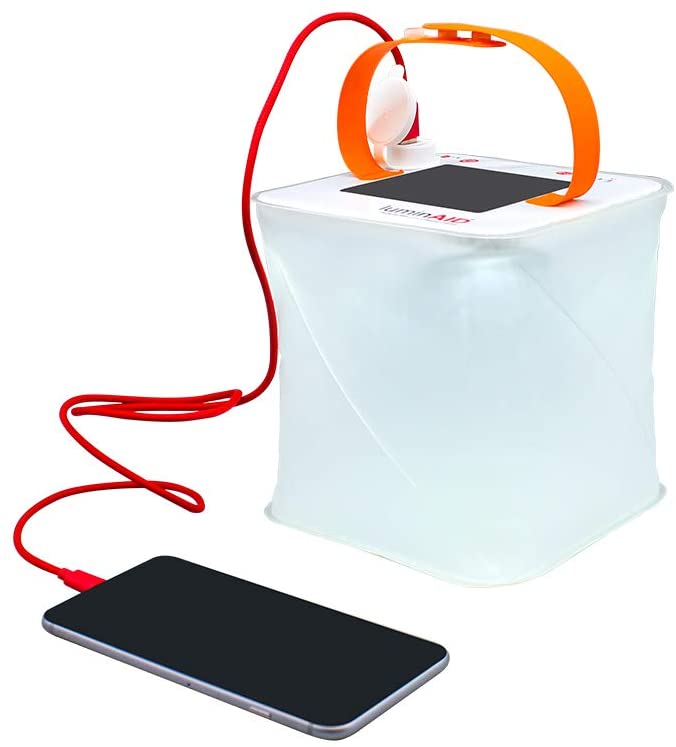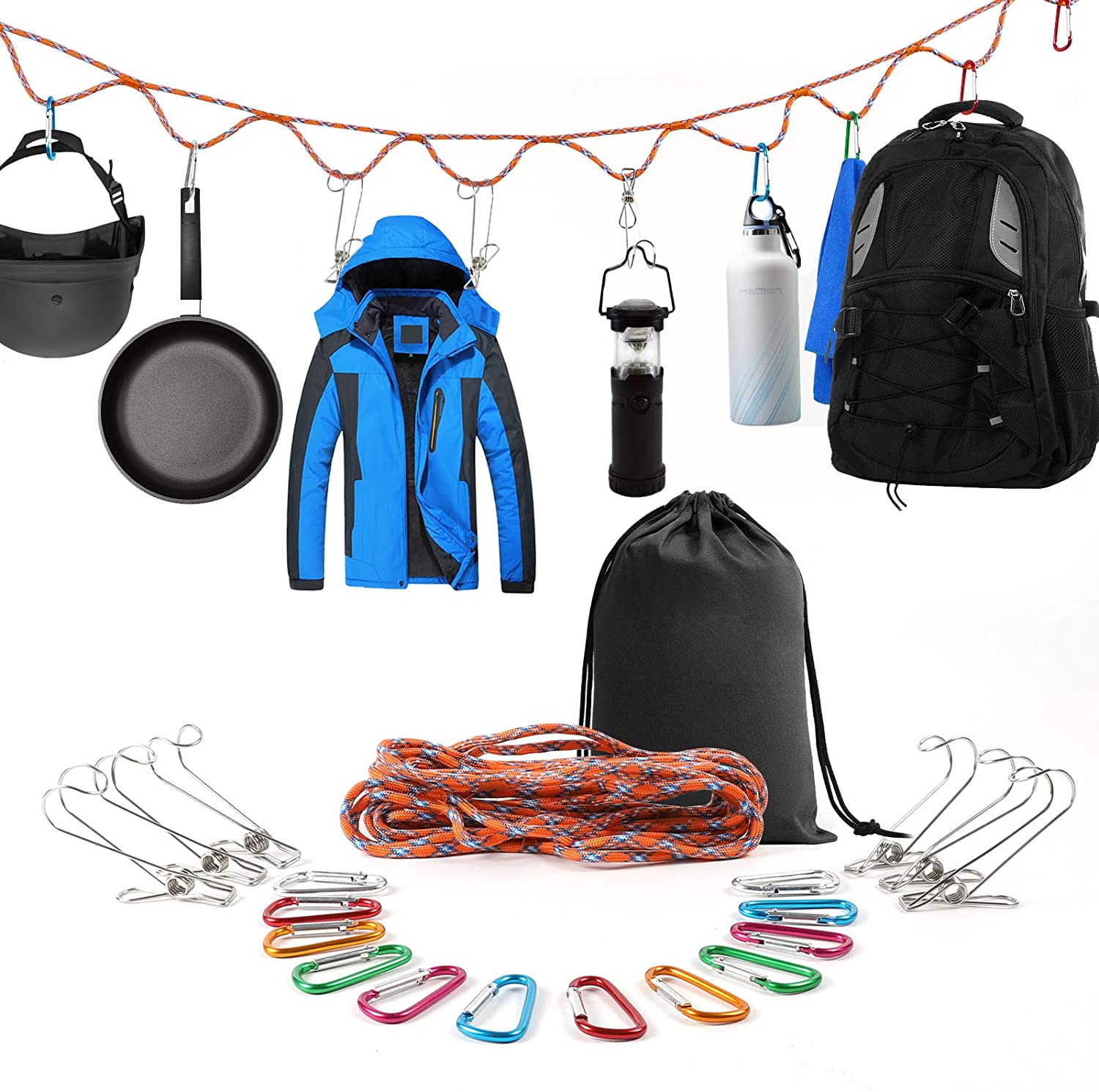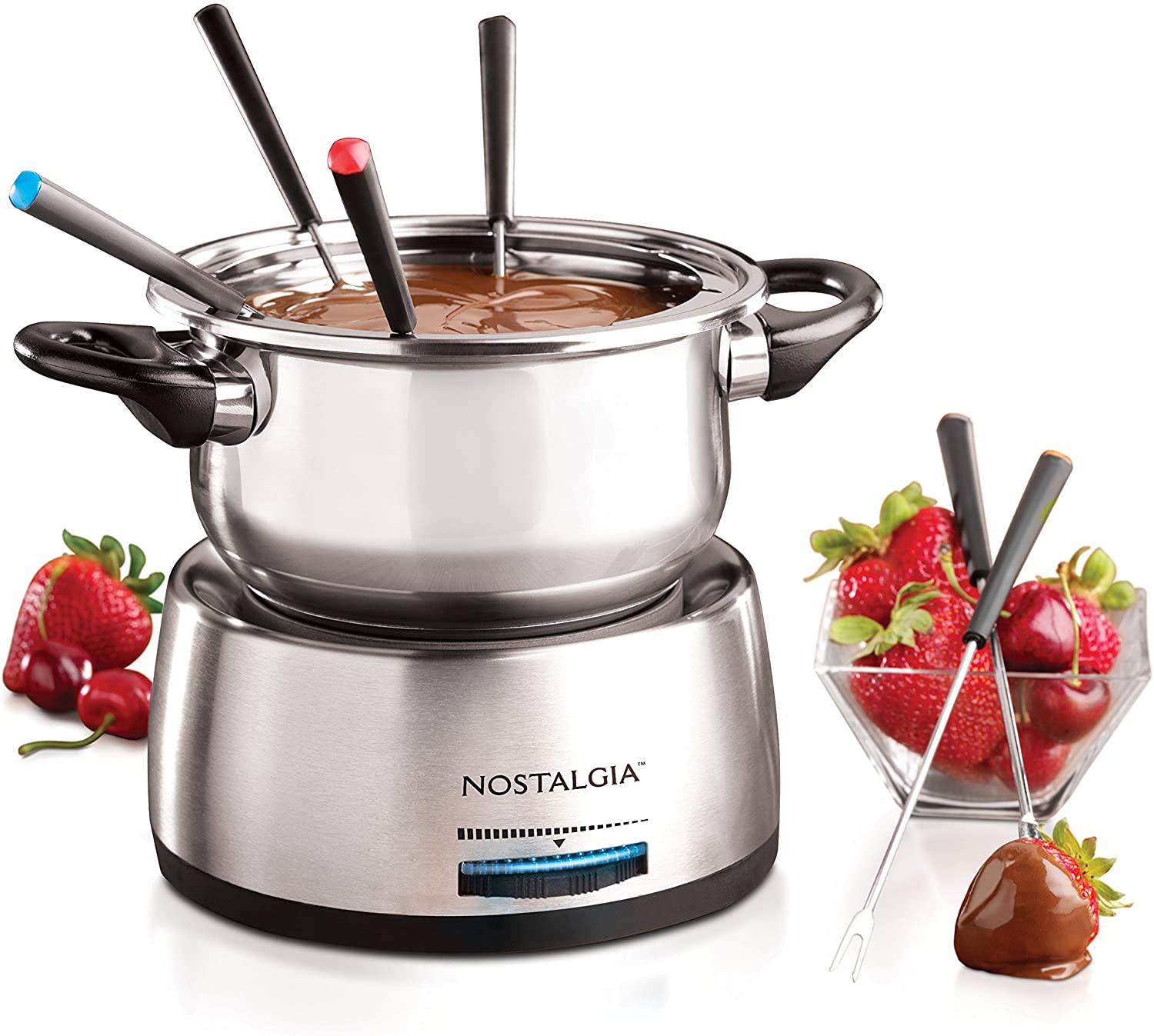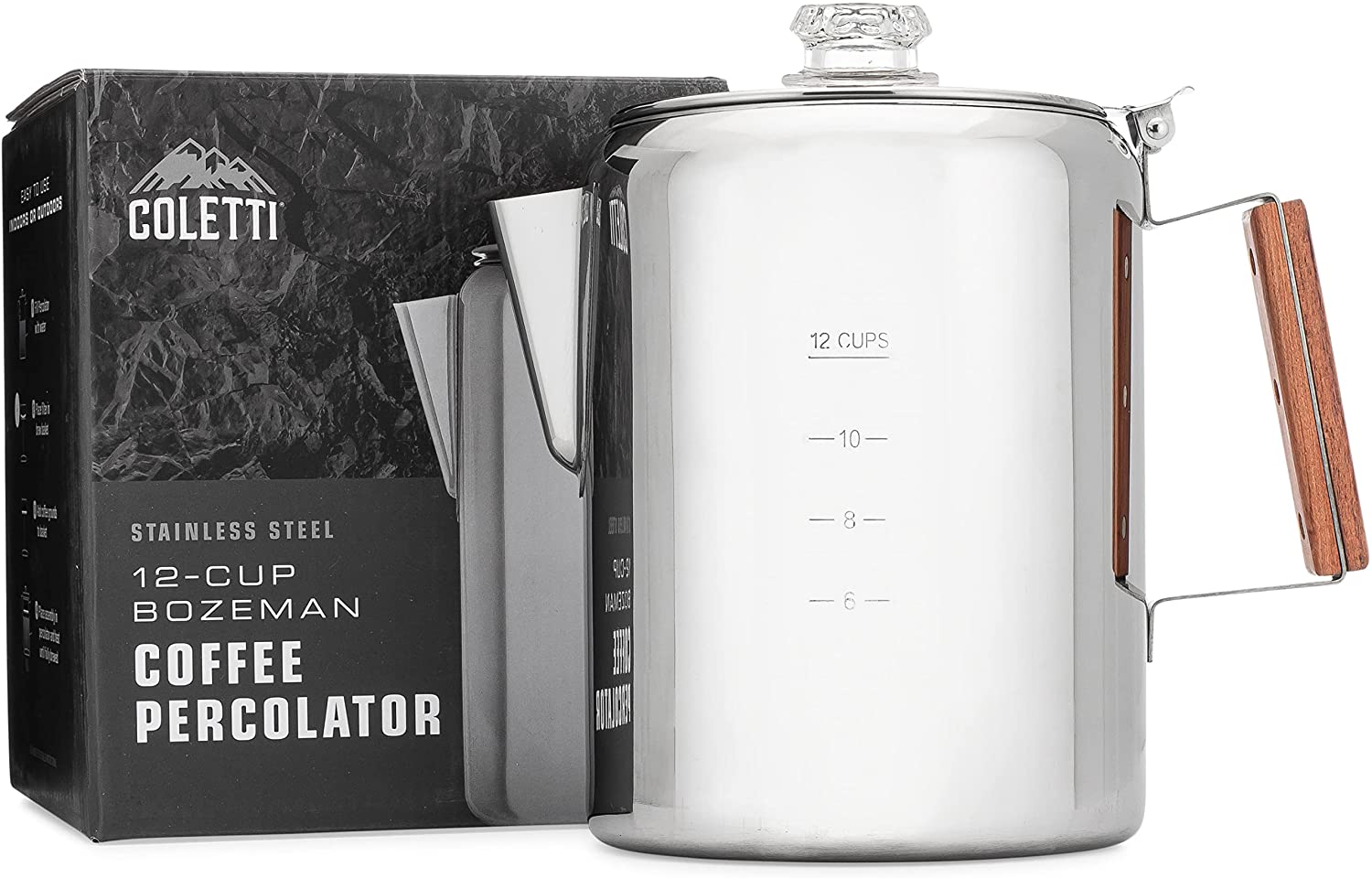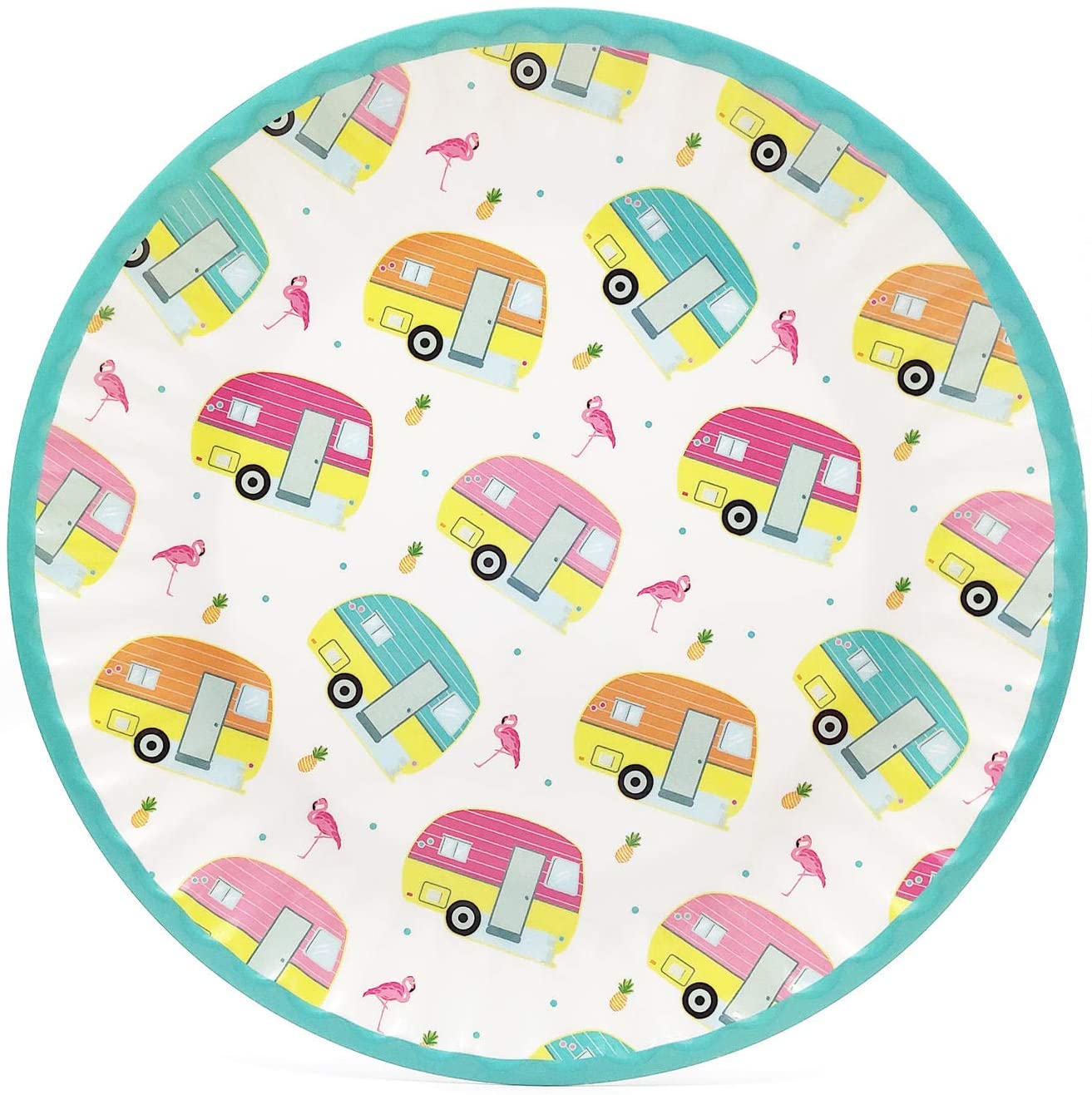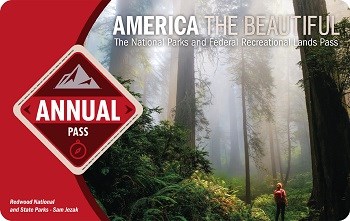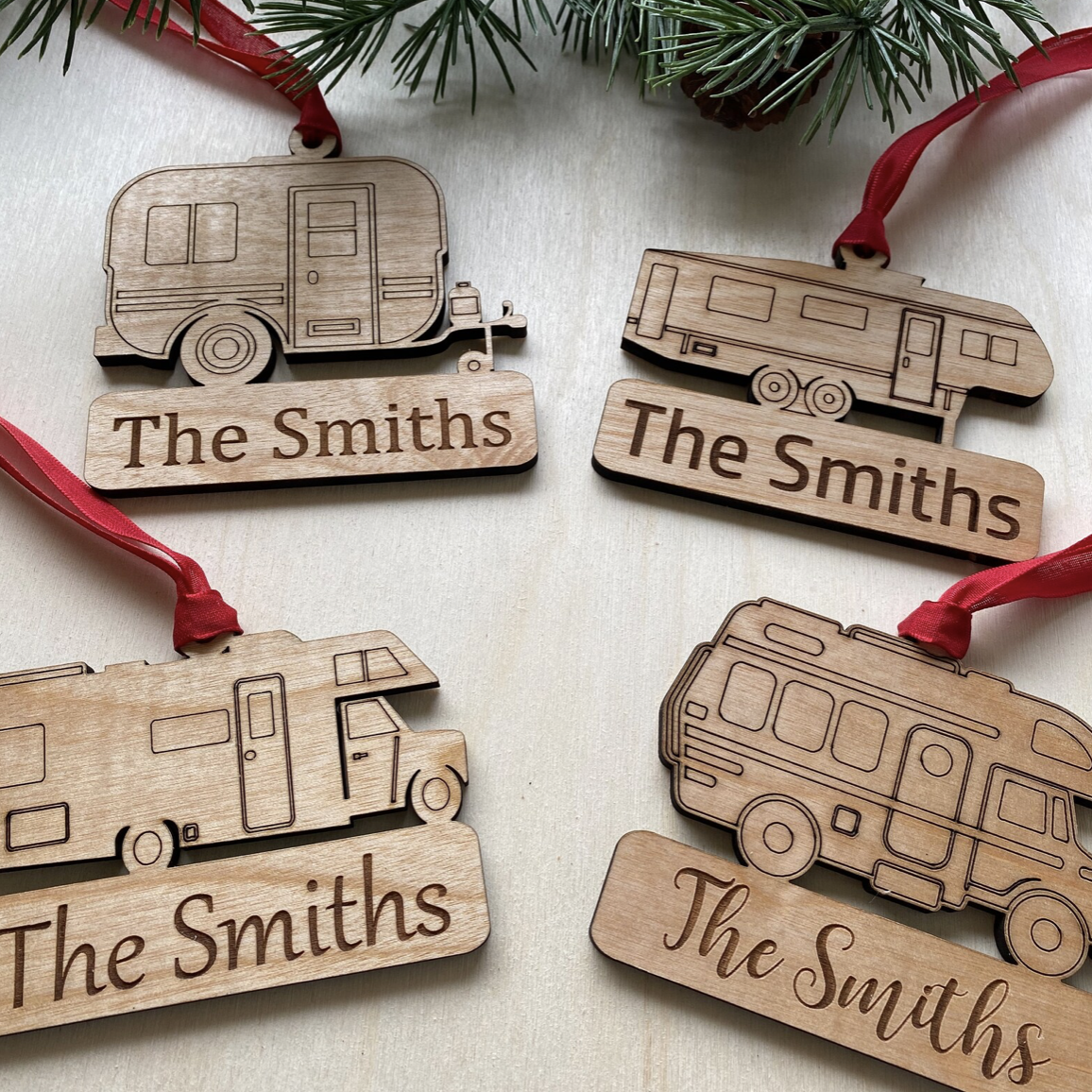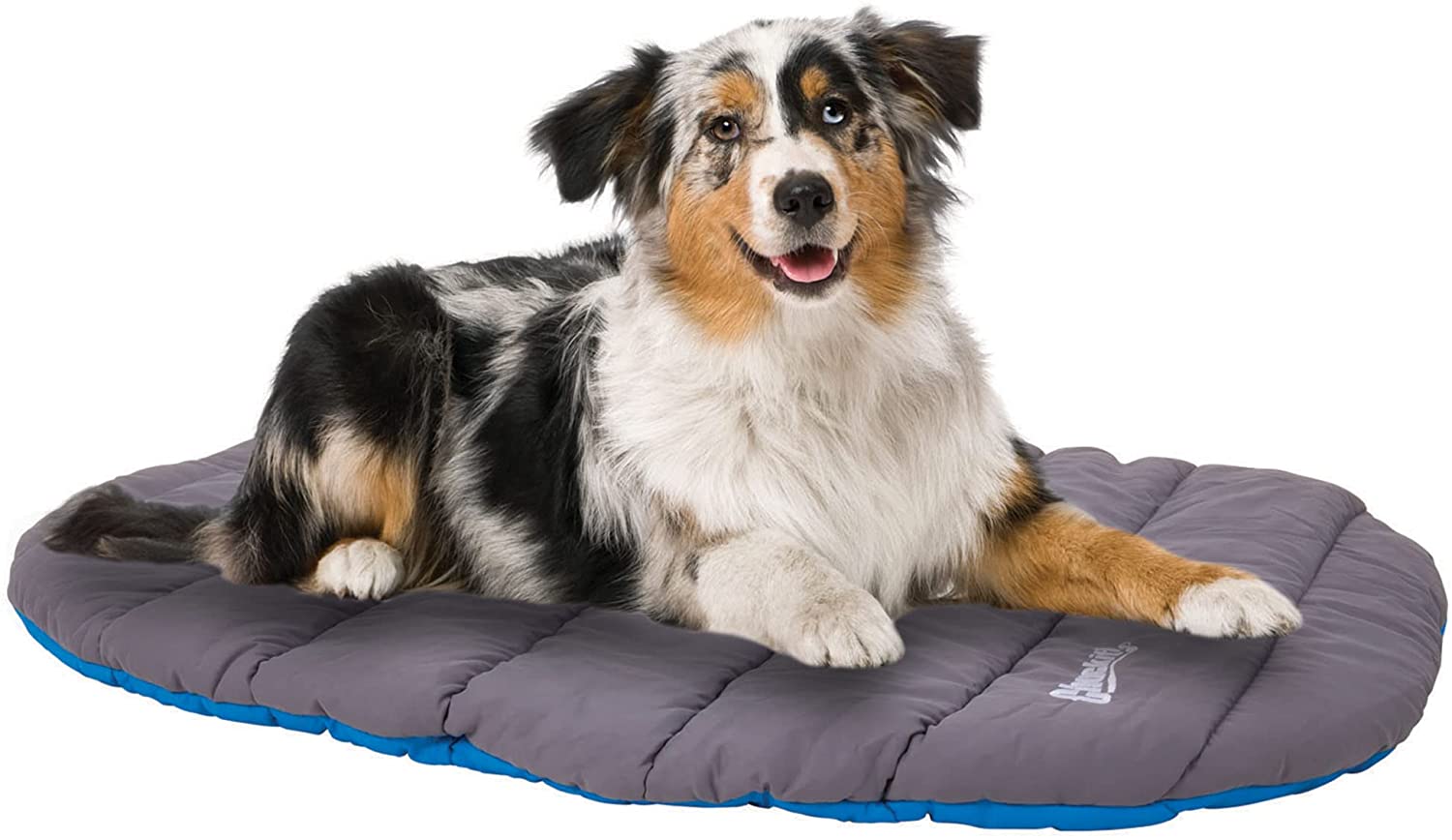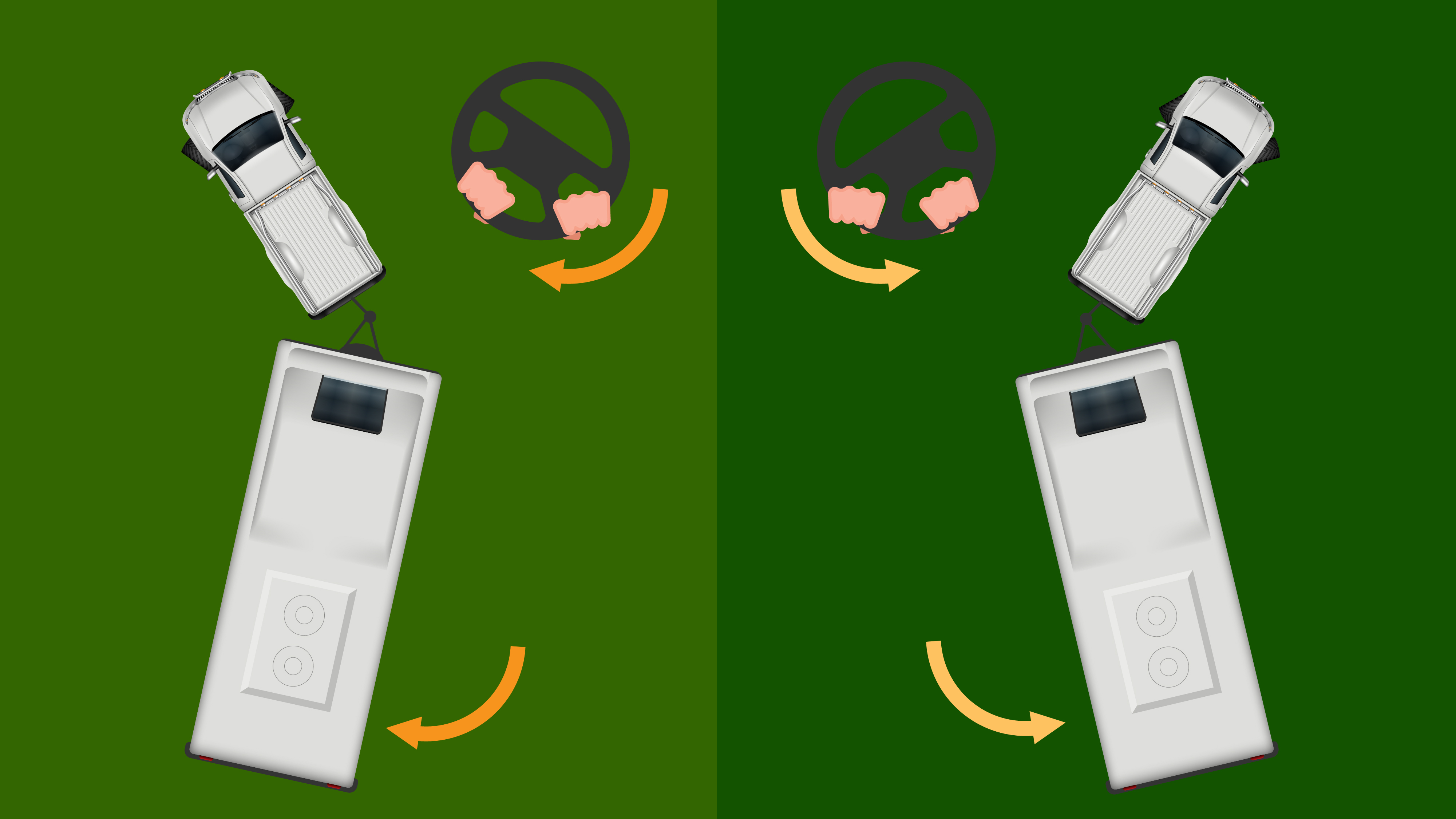If you’re planning a camping trip or to boondock at some top RV events this year, travel trailers can be a great option for your journey. Towing a travel trailer can seem like a challenging task, especially for beginners. However, with practice and patience, you can soon get the hang of it. Here are RV Trader’s eight tips for pulling a travel trailer.
1. Purchase the Right Travel Trailer
If you’re looking to purchase a new or used travel trailer, see what the best options are on the market. Many RVers favor travel trailers because of their affordability in comparison to larger, motorized vehicles. Consider the size and weight of the trailer based on what your towing vehicle can safely handle.
2. Know Which Hitch You Need
Determine what type of hitch you need based on your towing vehicle and the size of your travel trailer.
- Weight-carrying hitches or conventional hitches are often used for smaller trailers to distribute the weight of the load on the tongue evenly on your towing vehicle’s bumper and frame. These are traditional hitches that extend from the back of most trucks, often with a ball and socket joint for towing.
- Weight-distributing hitches have a platform that attaches to the rear of the towing vehicle, with the weight of the trailer distributed between the trailer and towing vehicle through spring bars.
3. Hitch Up the Travel Trailer
There are different ways to hitch up based on the type of hitch you have for your trailer. No matter what hitch you have, always make sure it’s secure, locked in place, and the cables are connected, working, and not dragging on the road.
4. Distribute the Trailer’s Weight
When your travel trailer is hitched to your towing vehicle, inspect the weight distribution and make sure both vehicles are grounded and balanced, without any tipping. When you pack up and get ready to tow, don’t overload either vehicle.
5. Install Mirror Extensions for Towing
You should be able to see the back of your trailer using your side mirrors. Installing mirror extensions will give you a wider view when you’re towing. They will keep hazards out of your blindspots and expand your eyesight on the road. Mirror extensions can be easily attached to your mirrors, giving you peace of mind as you travel with your trailer.
6. Brake Check
Inspect the brakes on your travel trailer to make sure they’re properly working. Many come with electric controllers that have specific user settings for towing. Read the user instructions for the brakes and make sure they’re on the correct towing setting for your vehicle.
7. Practice Towing Your Travel Trailer
Before you take your trip, get in some practice towing your trailer. Find a vacant parking lot and drive around with your vehicle. Practice turning and backing up your RV into a campsite. Test your brakes to ensure they don’t lock up by driving at a slow speed and seeing how long it takes to make a full stop.
8. Drive Cautiously with Your Trailer
To stay safe and stress-free as you’re towing, be sure to make preparations and drive cautiously with your travel trailer.
- Secure your trailer to prevent any swaying and look out for hazards on the road as you travel.
- Make sure you have overhead clearance and enough space in your lane, especially on smaller roads that may not have a shoulder.
- Move at a slower speed with your trailer to give yourself more time to brake in case you need to make a sudden stop.
- With a larger trailer, leave yourself more space for turning.
- Try not to take steep hills or inclines that can be a burden on your towing vehicle.
- Avoid traveling in inclement weather.
Remember to exercise patience and take extra precautions when you’re towing your travel trailer. Plan ahead, keep practicing to get more comfortable, and in no time you’ll be an expert when it comes to towing your RV. And if you’re looking to purchase your next new or used RV, be sure to visit RVTrader.com for the best selection of vehicles!
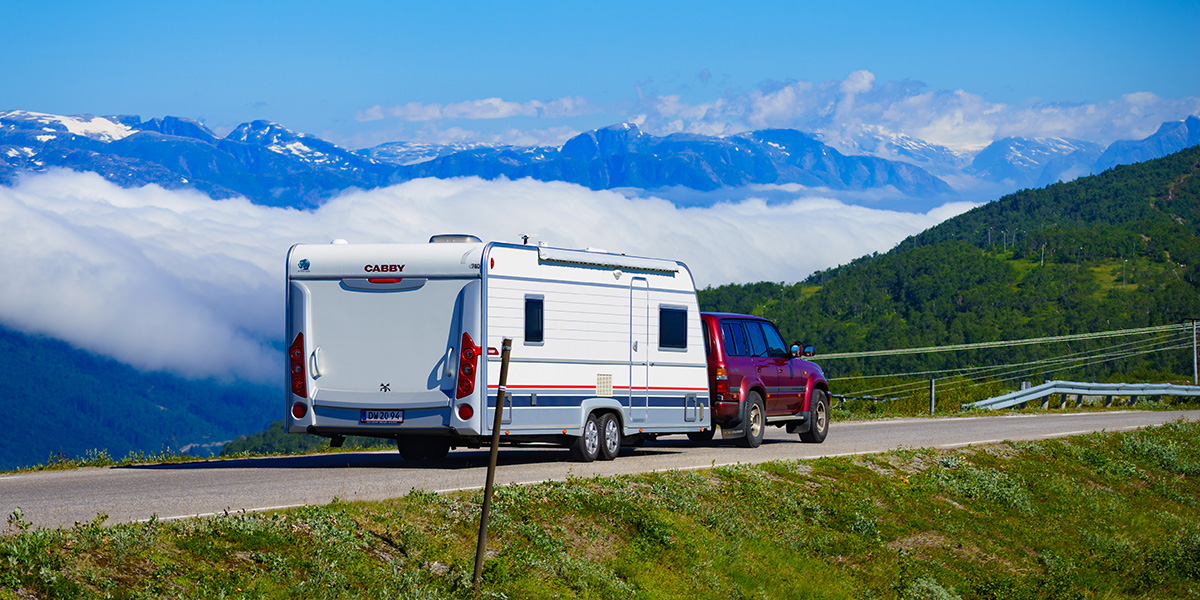
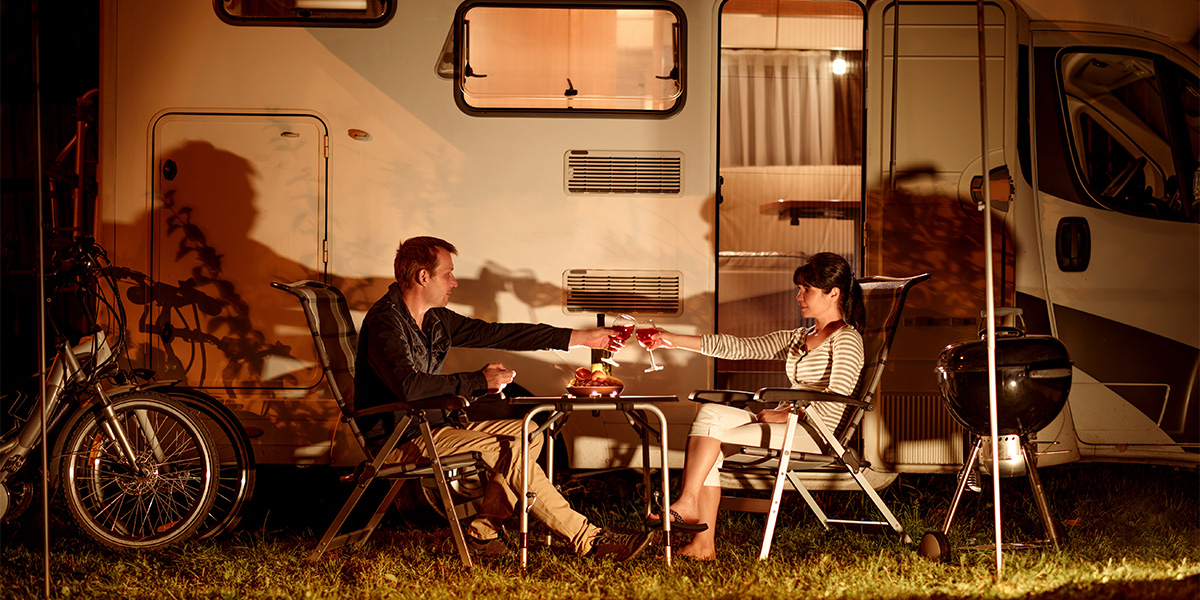
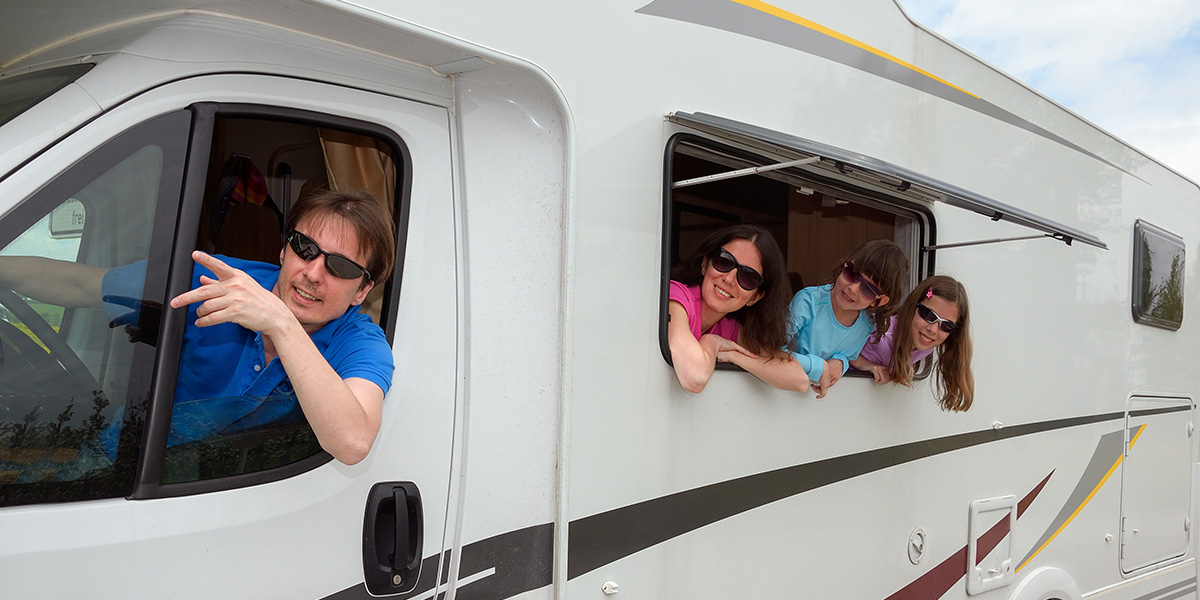

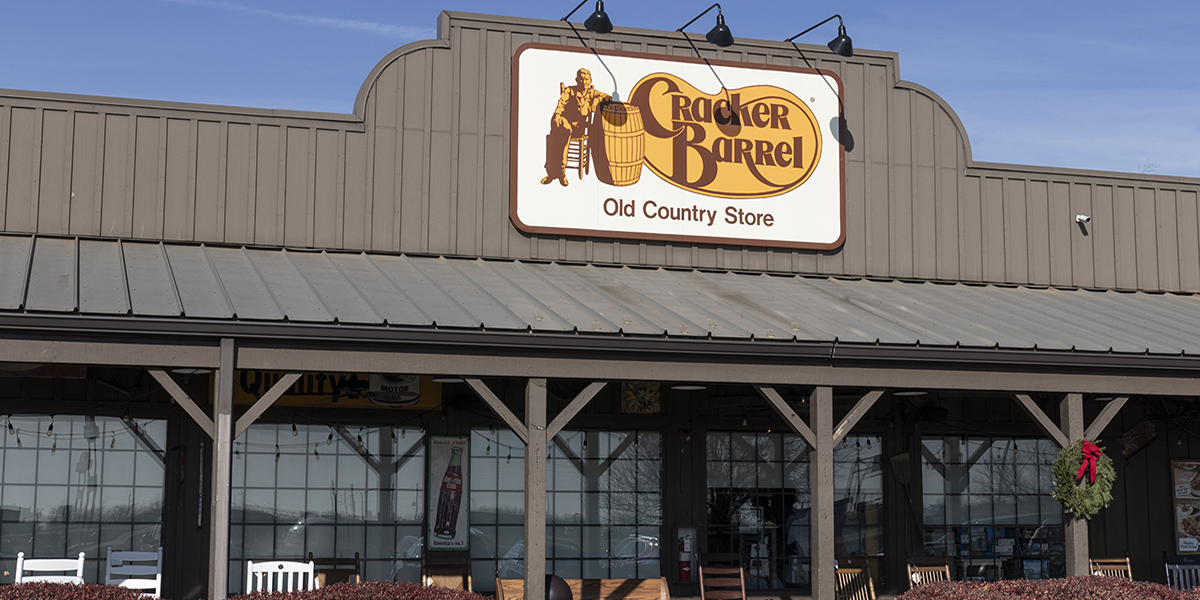
 FMCA
FMCA